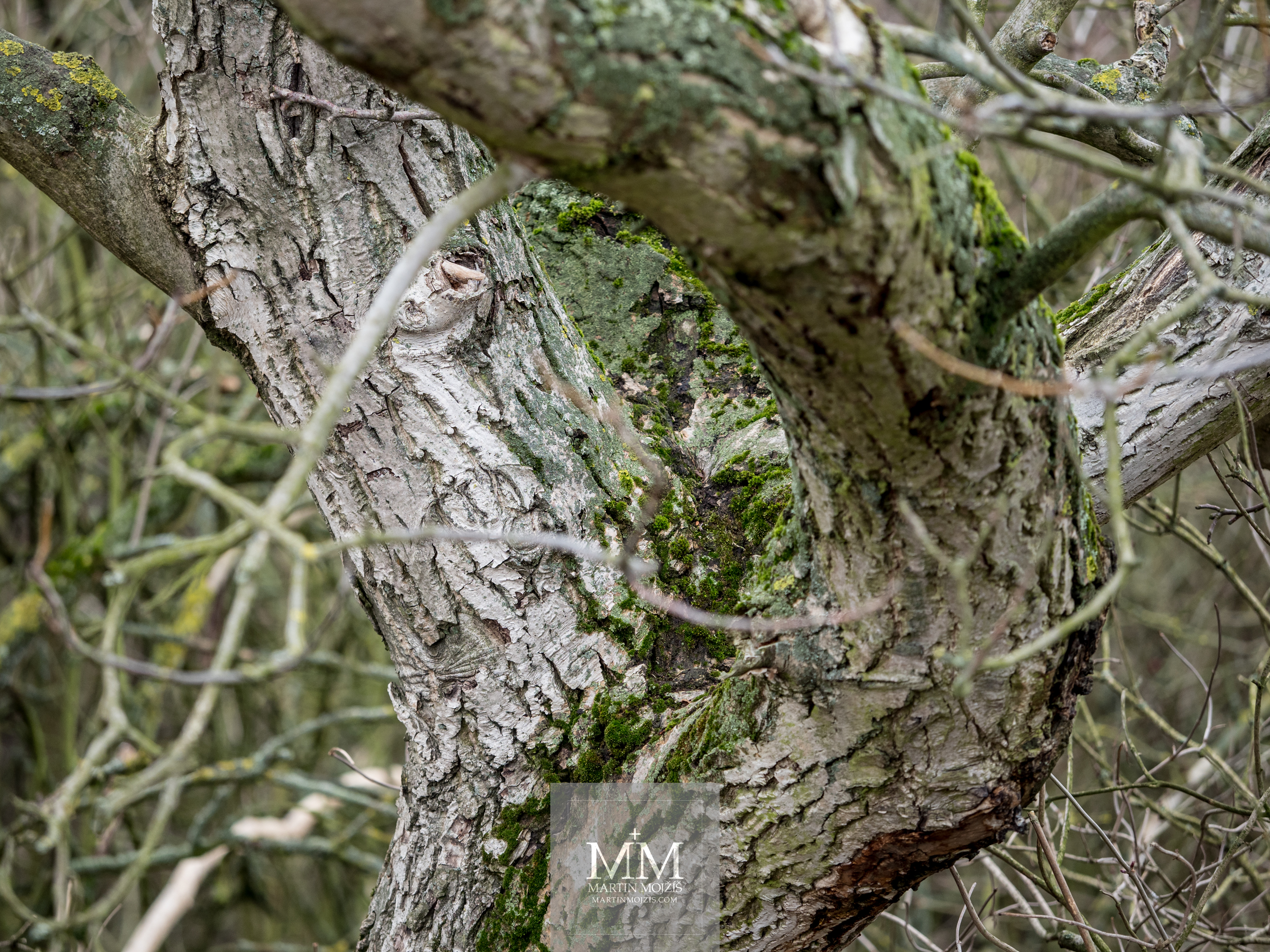

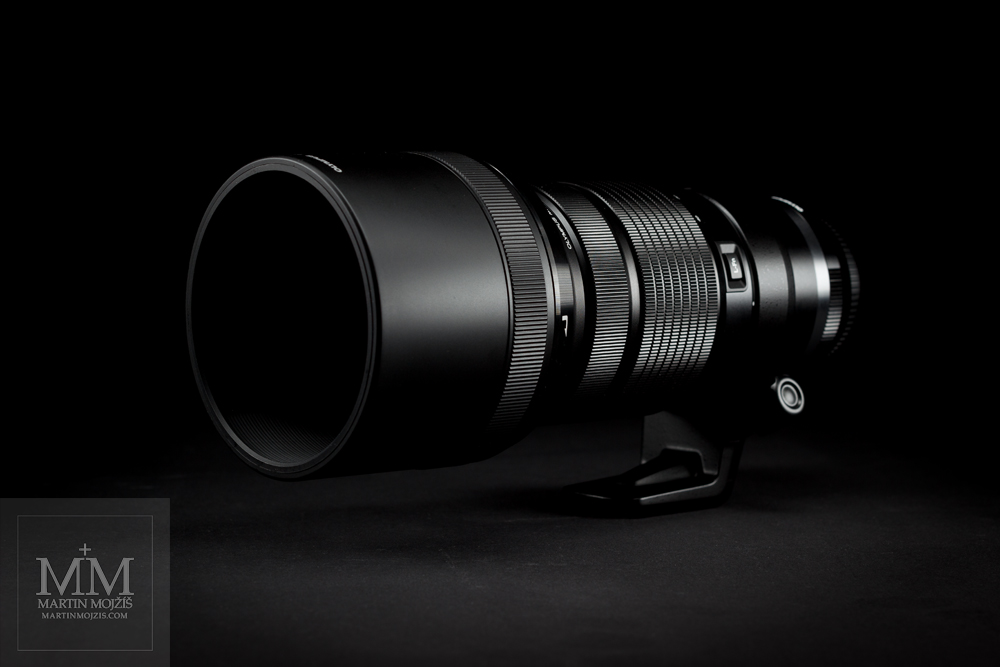
March 13, 2018.
I will start from a little bit different point. 70 – 200 mm 2.8 IS (ev. VR) lenses from Canon and Nikon are one of the best for both the optical and the design. They are robust, extremely precision-processed optical instruments, great at all times drawing. When I have this lens on the camera, I know that if I create photographies of any complicated lighting, the photographies can be great, if I do not spoil myself. But the lens will be definitely not responsive for any errors.
Olympus when creating professional Micro 4/3 system know this sure well. While for basic lenses with variable focal length, e.g. already reviewed ►12 – 40 mm 2.8 it is always necessary to count on certain compromises due to the combination wideangle, middle and short tele representation, in lenses with longer focal lengths all defects can be effectively eliminated, if the manufacturer does not neglect anything.
Belongs accordingly the M. Zuiko Digital ED 40 – 150 mm 1:2.8 Pro lens to the same group of absolutely uncompromised optical instruments, as the two above-mentioned etalons?
36 mm film or sensor equivalent focal lengths are 80 – 300 mm. On the shorter focal length is therefore Olympus slightly longer, but continuously follows the basic 12 – 40 mm. Longest focal length about "100 mm" longer is a great advantage. Not so good it is with speed, respectively depth of field, which is at Micro 4/3 sensors notably deeper and it will be necessary to consider the need for greater distances from the background or interference elements. To do so, we will return to the final evaluation after examining the sample photographs.
Let's look at the construction of Olympus M. Zuiko Digital ED 40 – 150 mm 1:2.8 Pro lens now.
I am pleased to say, it is as good and robust as its big brothers from Canon or Nikon. Beautiful, massive optical instrument, no play, no compromise, all metal, resistant to frost, moisture and splashing water.
When changing the focal length (let alone while focusing), nothing goes away, the front part does not rotate. Both metal rings are smooth, reasonably rigid. By shifting the focusing ring, we turn off autofocus.
The optical construction consists of sixteen elements in ten groups.
Lens is 16 cm long, diameter almost 8 cm and weight incl. tripod holder 880 g. Filter thread diameter is sadly only 72 mm, will be better add just five to get the most common diameter of professionally used filters and accessories.
Smallest aperture is 1:22, aperture contain from nine curved blades.
The lens hood is absolutely great. It can either be normally removed and mounted, or let to be on the lens and only shift back to the lens body. If the hood is protruded, aretation will click and lock, to prevent by mistake for partial shift back when photographing and thereby reducing efficiency. To release the hood lock, just slightly rotate the ring (on the top photograph is well visible) on the hood to left. From the folded position, the hood is already without aretation. Great solution, all the way.
Wholesale price of the lens is now approximately 1400 EUR incl. VAT.
Let's take a look at the sample photographs now. All has been created with Olympus OM-D E-M1 Mark II camera, which I will later review in ►separate article. This camera has basic sensitivity ISO 200 – just for explanation, why I am not using ISO 100. 100% crop is almost from 20 Mpx image, which has in 4/3 format and 150 dpi resolution 88 x 66 cm dimensions. You are looking closely to the fragment of almost one meter (39") long image. All photographies has been stored as RAW (.orf) in camera and then digitally developed in Adobe Lightroom 6.12, for illustrative reasons with Adobe Standard profile only. Sharpening has been purposely let standard (25/1/25/0). The detailcontrast has been increased in some photograhies, often the contrast by shifting the black and white points too. However, for photographies, where I evaluate the quality of bokeh, there is absolutely no increase in clarity, as this would make out of focus areas disturbing and nervous. In description, behind the focal length, the equivalent focal length of the 36 mm film or sensor is in parentheses specified too.
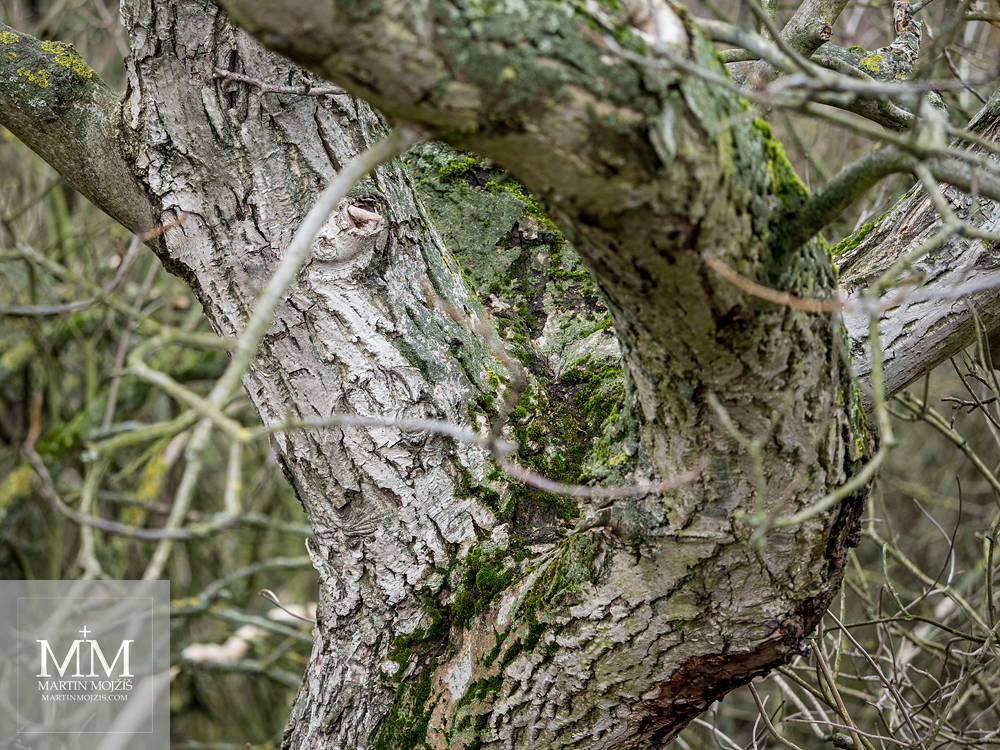
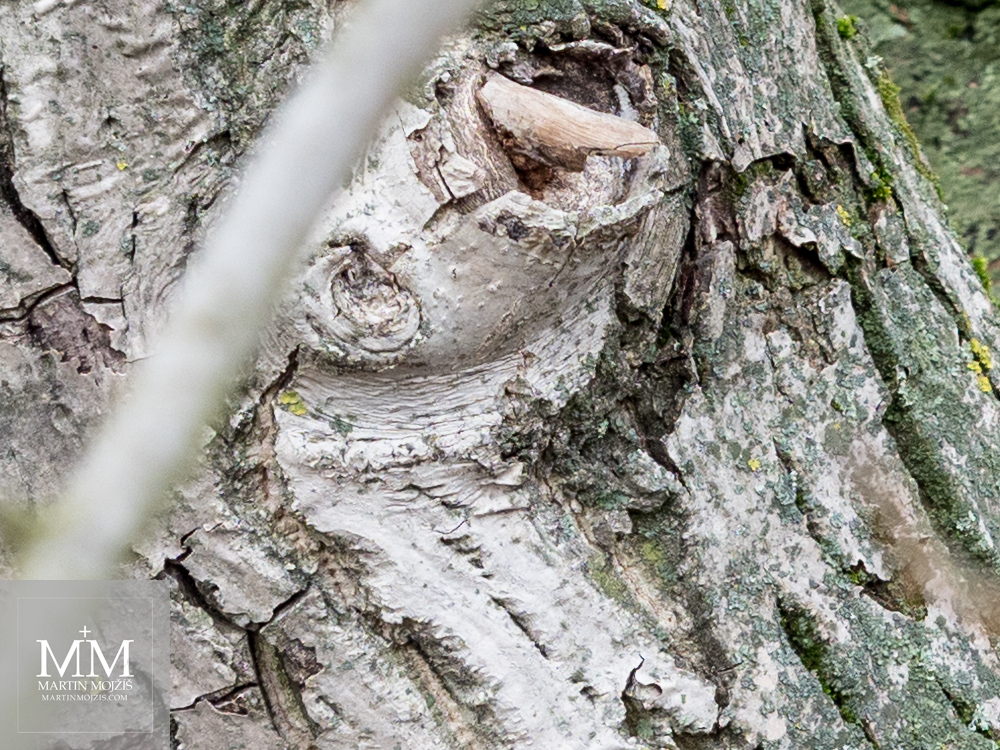
↑ TRUNK AND BARK. Focal length: 150 (300) mm, exposure time 1/250 second, aperture f/2.8, ISO 250.
Second photograph is crop from 100% size at 150 dpi.
If we take as common the 12 - 40 mm 2.8 lens use fully open, we can continue with 40 – 150 mm 2.8. Cutting sharpness, excellent drawing quality.
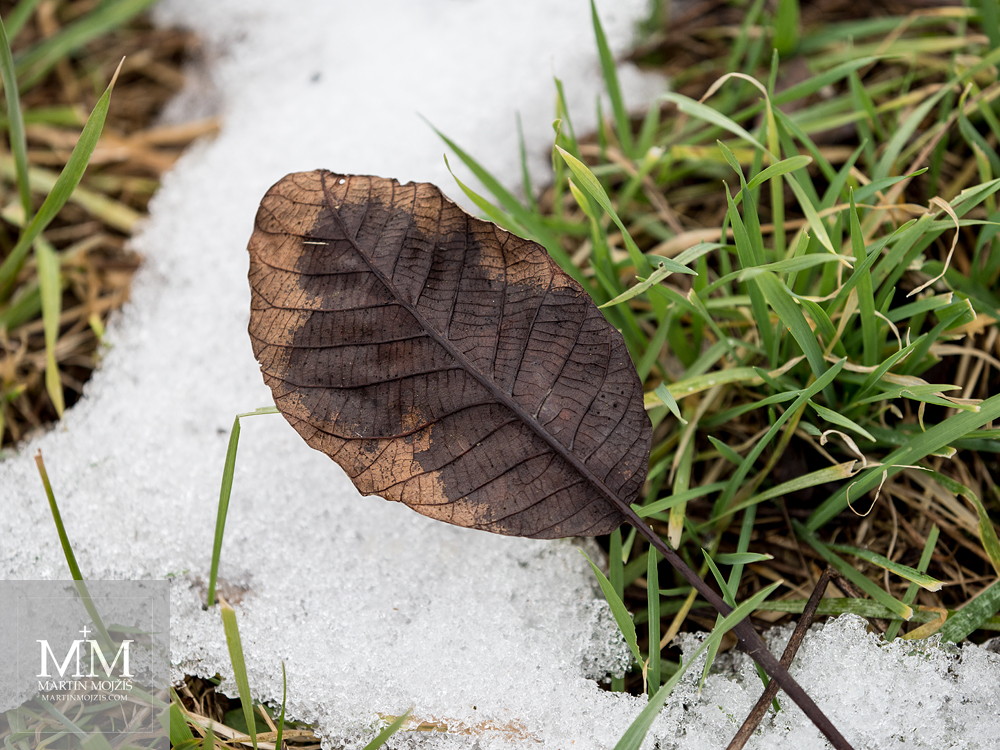
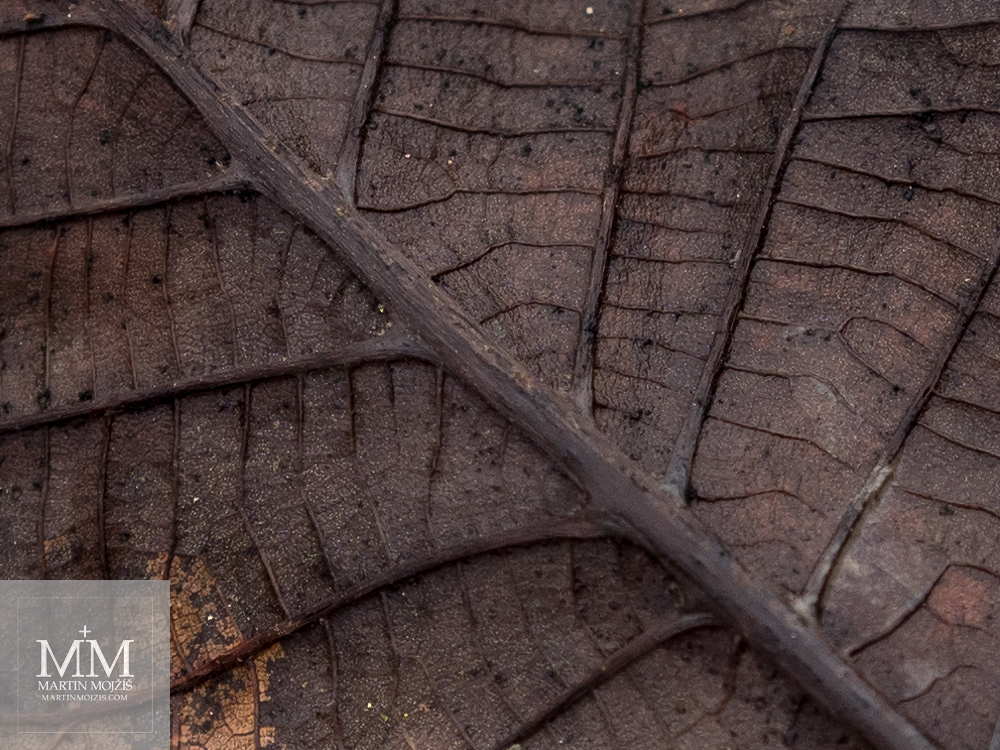
↑ WINTER. Focal length: 150 (300) mm, exposure time 1/400 second, aperture f/2.8, ISO 200.
Second photograph is crop from 100% size at 150 dpi.
Smaller aperture? Why ...
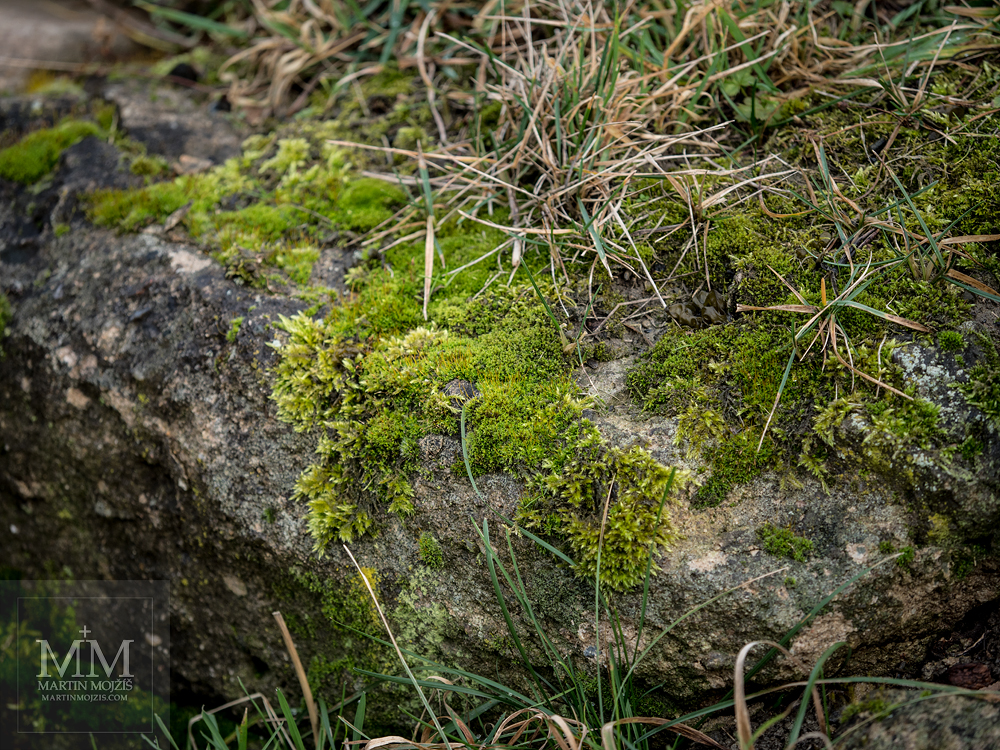
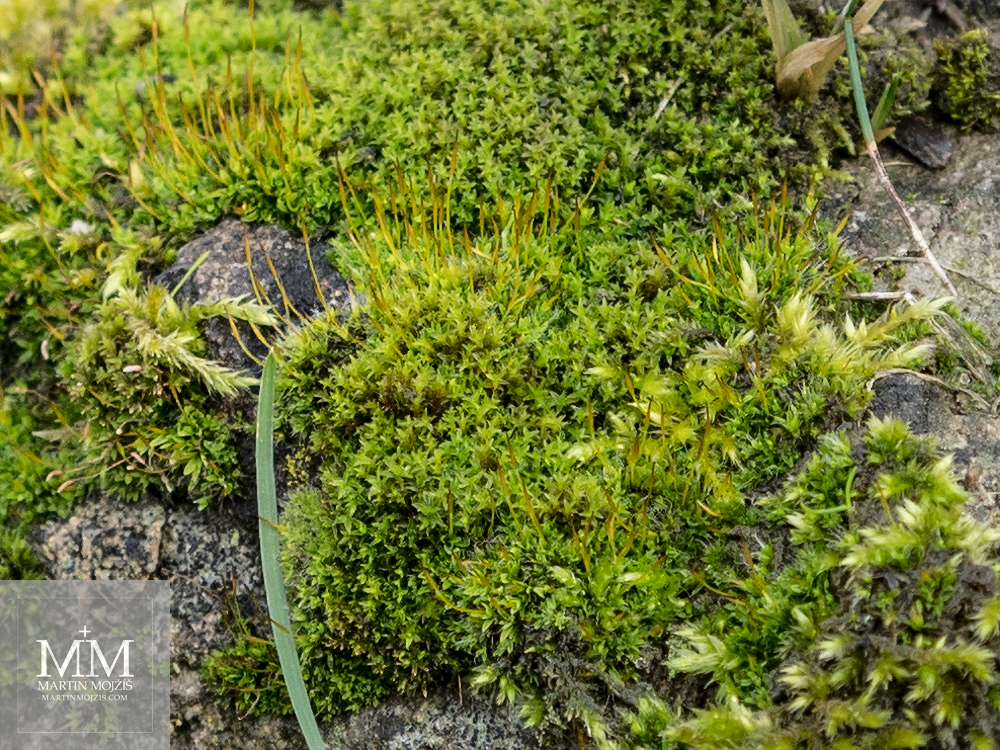
↑ ON THE STONE. Focal length: 150 (300) mm, exposure time 1/320 second, aperture f/2.8, ISO 200.
Second photograph is crop from 100% size at 150 dpi.
A pretty sharp place needs to be searched a bit, but it's there.
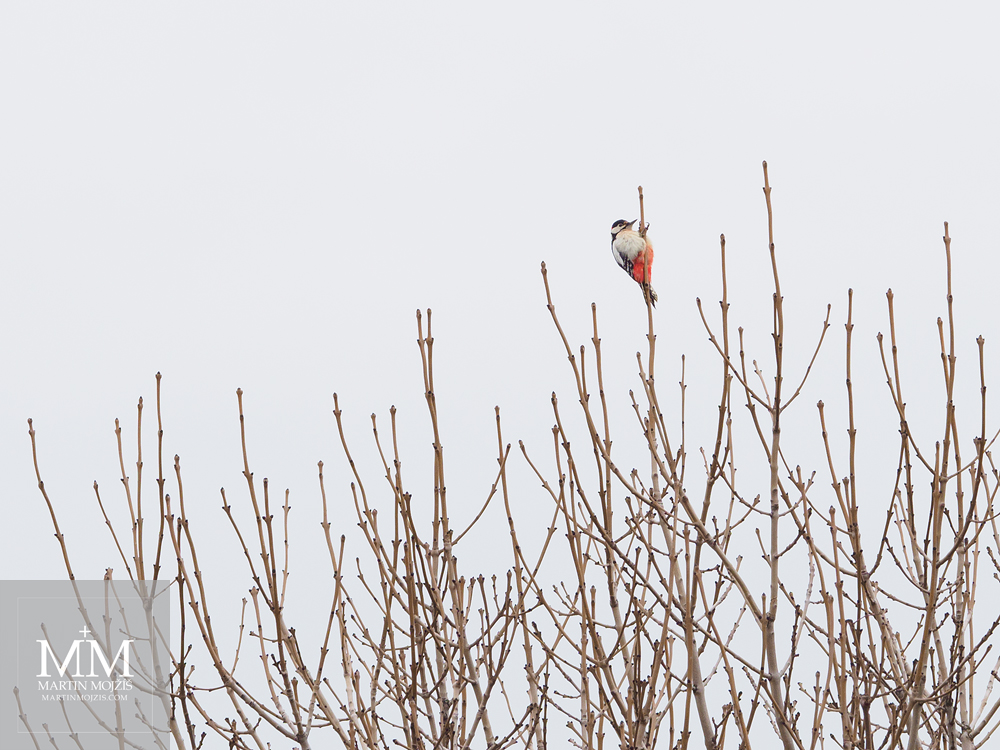
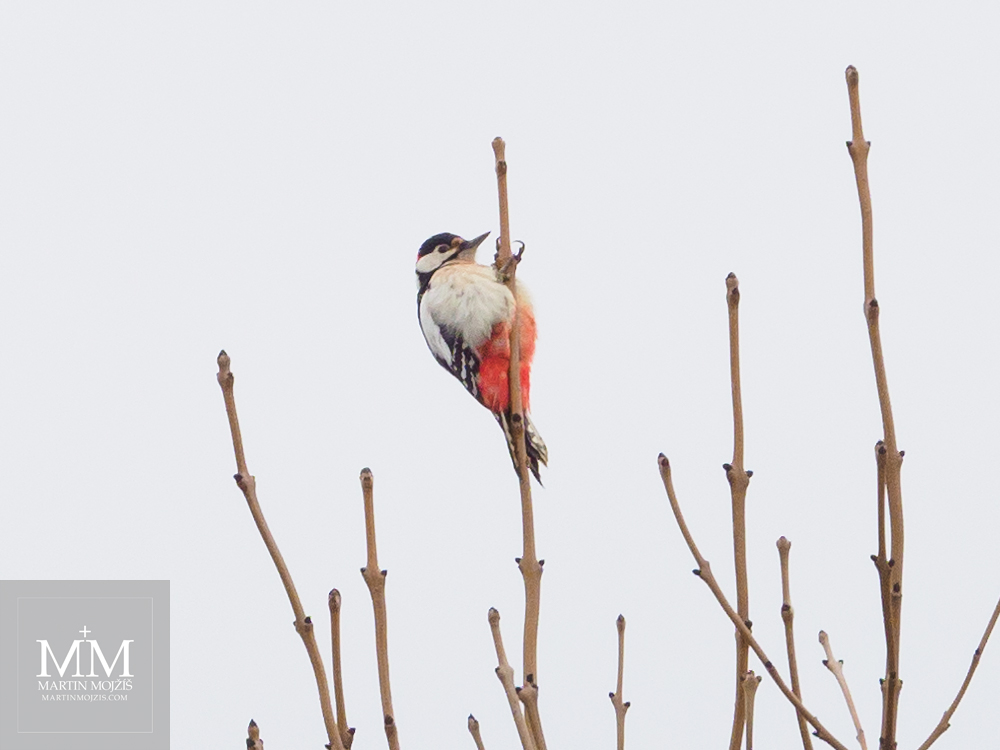
↑ RELAXATION. Focal length: 150 (300) mm, exposure time 1/250 second, aperture f/8, ISO 250.
Second photograph is crop from 100% size at 150 dpi.
Also the first photograph is quite cropped, focal length "300 mm" is for birding too small usually.
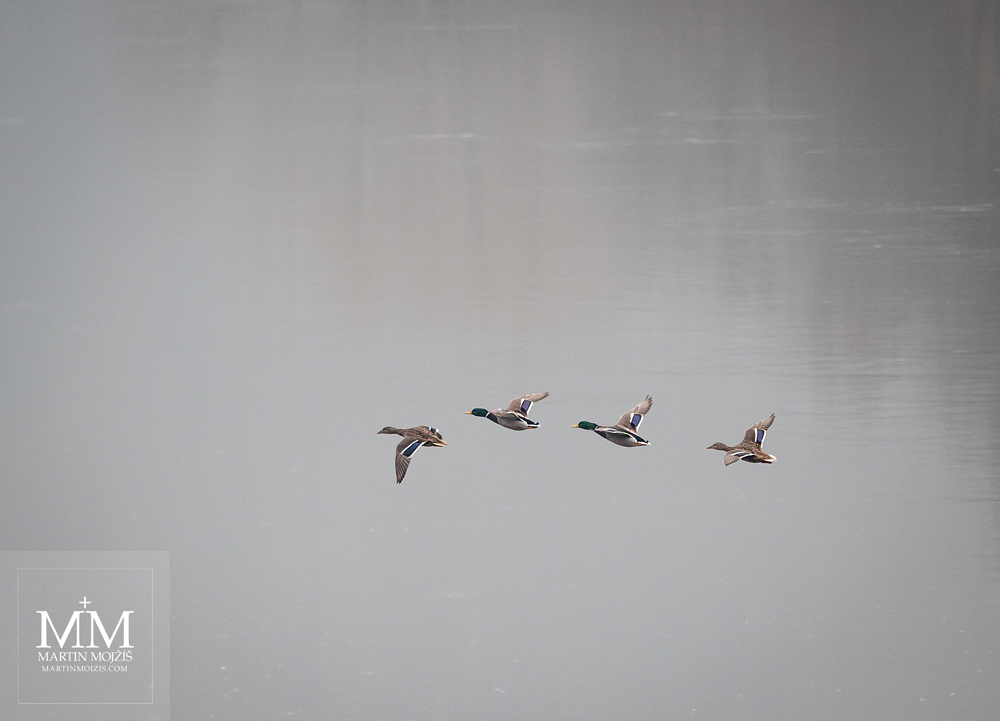
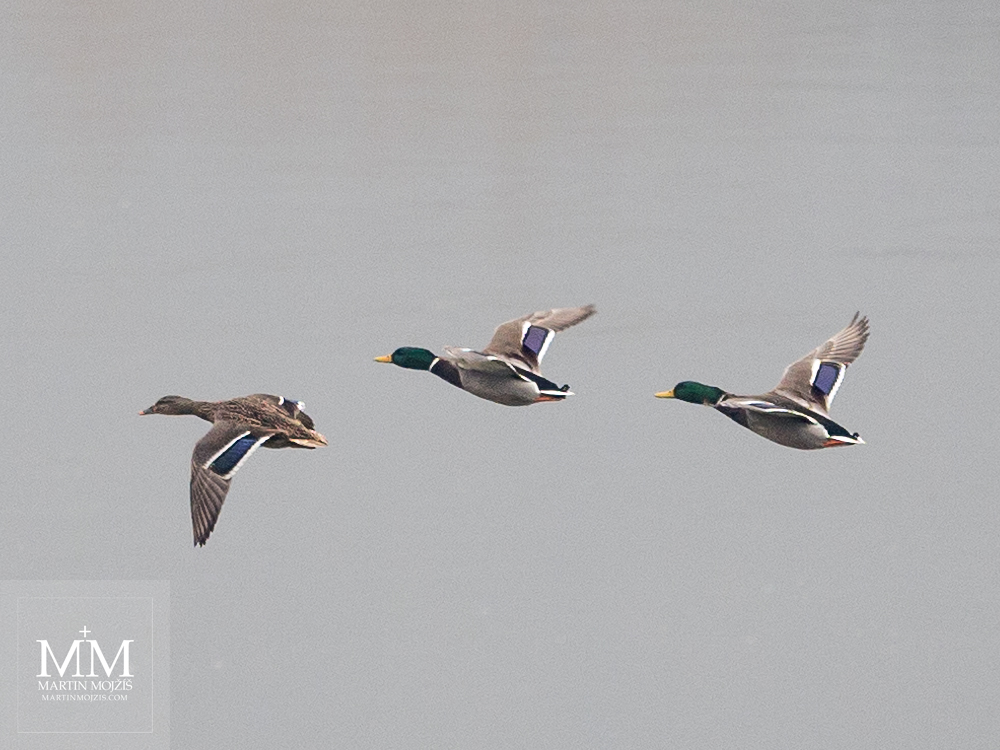
↑ IN FLIGHT ABOVE RIVER. Focal length: 150 (300) mm, exposure time 1/800 second, aperture f/2.8, ISO 160.
Second photograph is crop from 100% size at 150 dpi.
Again a relatively large cropping, as with the previous photograph. Drawing of fully opened lens is very good.
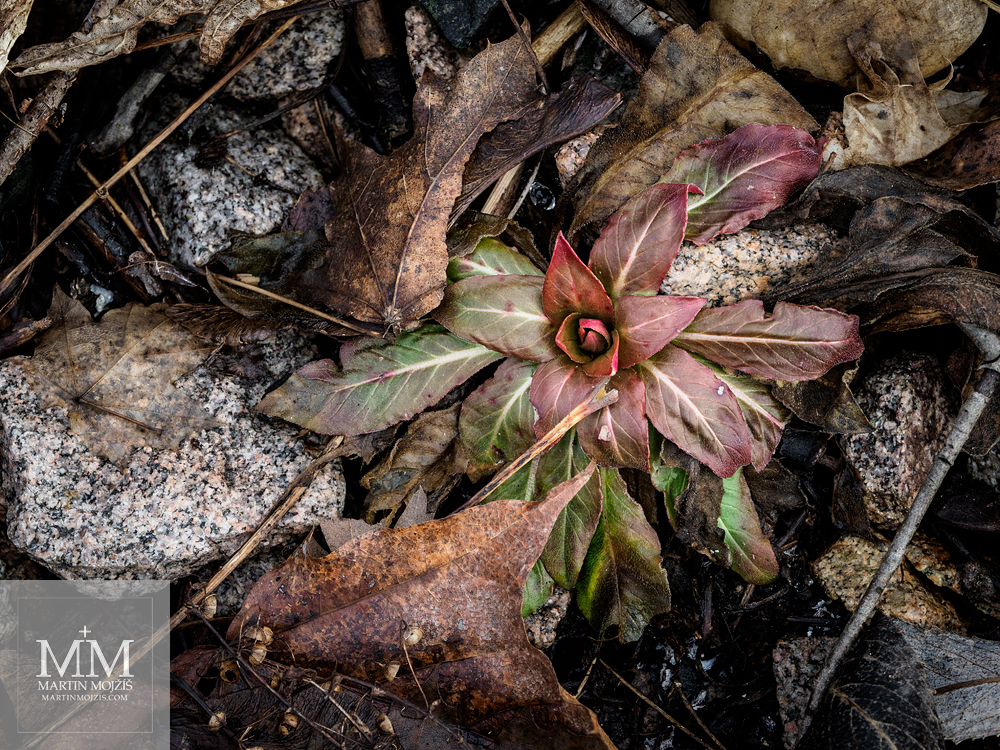
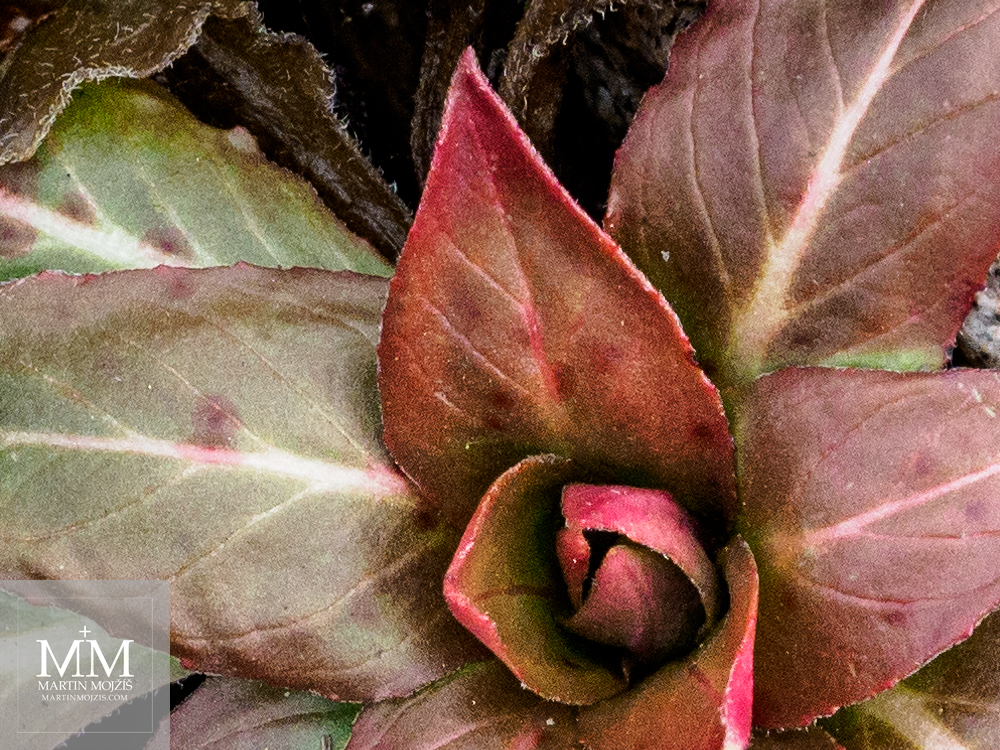
↑ ALONG THE RAILWAY. Focal length: 142 (284) mm, exposure time 1/250 second, aperture f/8, ISO 1000.
Second photograph is crop from 100% size at 150 dpi.
And that's all for today. In ►the fifth part we will introduce more sample photographies.
© Martin Mojzis, 2018.
Photographies: © Martin Mojzis, 2018.
►To the beginning of the article.
►Overview of all articles.
►Homepage.
►Site Map.